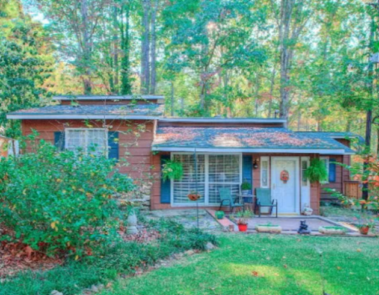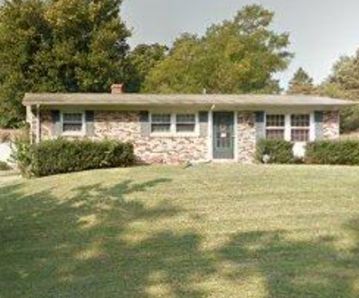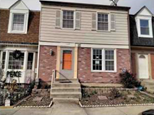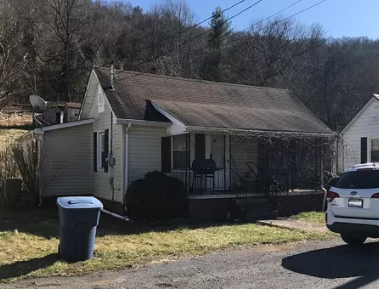PropertY ID: 978956
Address: 144 Scoggins Road, North Augusta, SC 29860 Minimum Bid: $74,461 Please fill out/submit the Offer Submission Form with your Pre-qualification/Proof of Funds Document attached to Marketing@REI-ReferralNetwork.com. View appraisal below.
Read More












